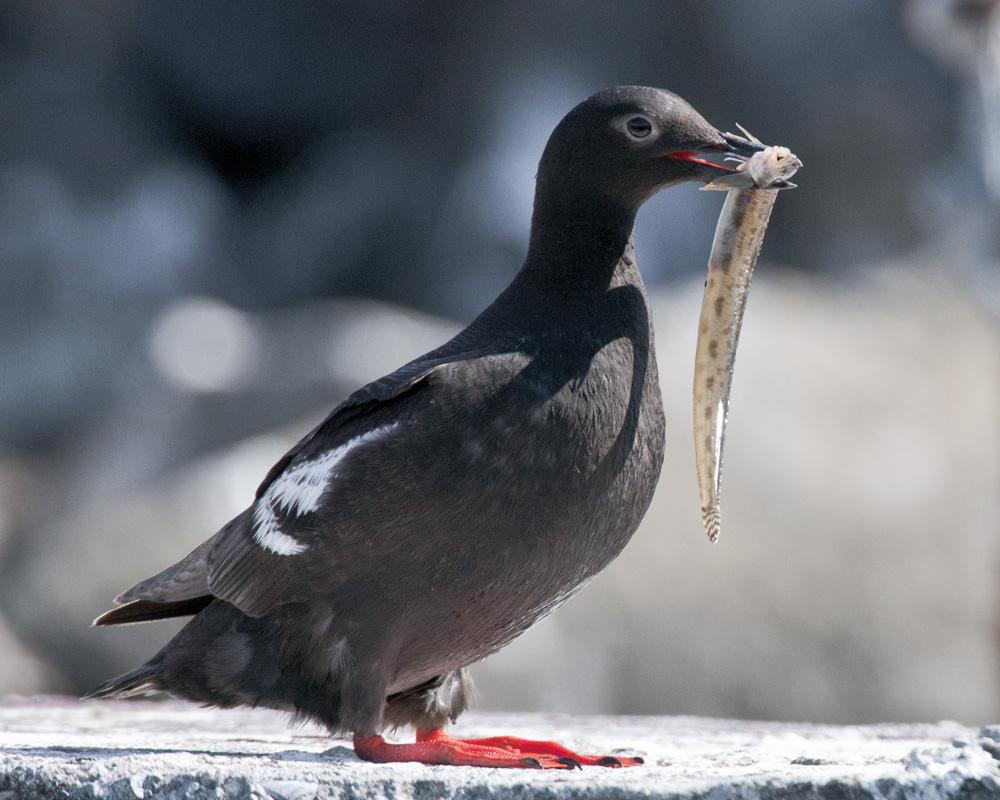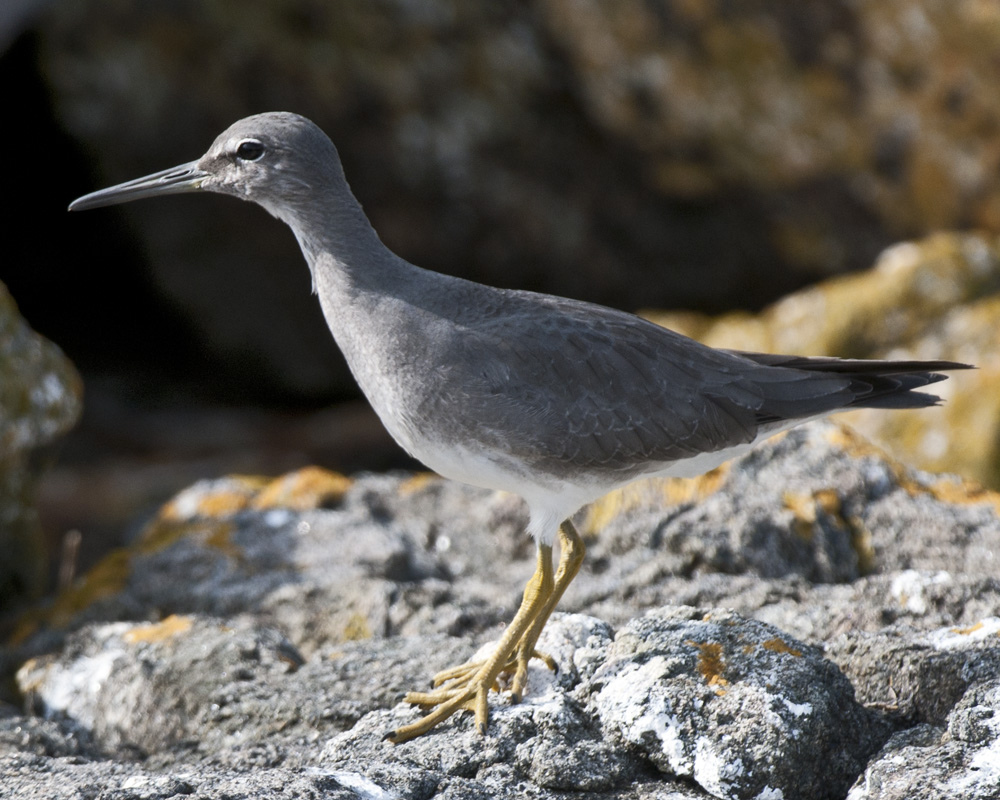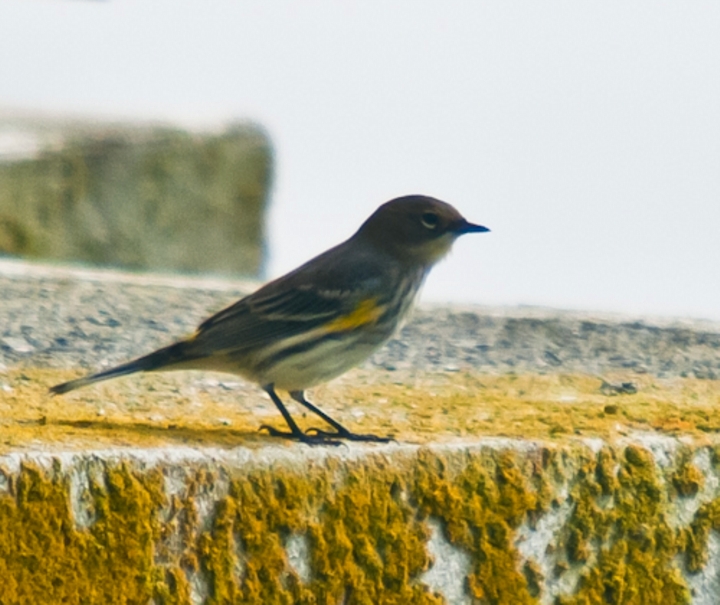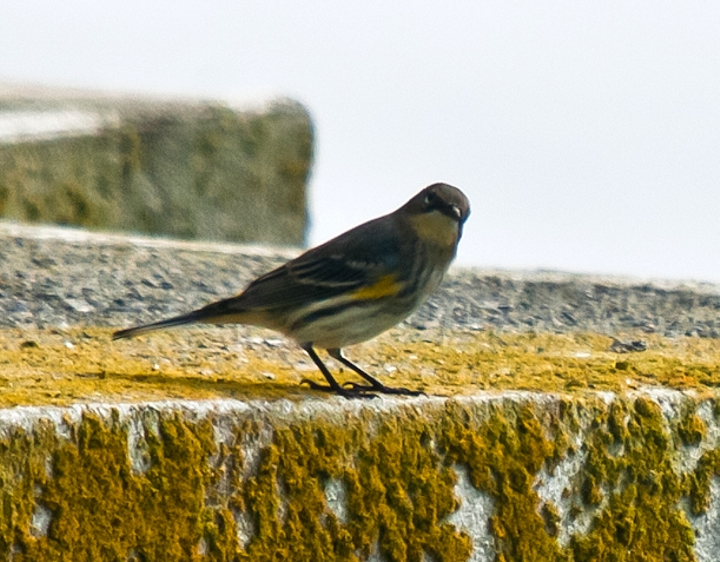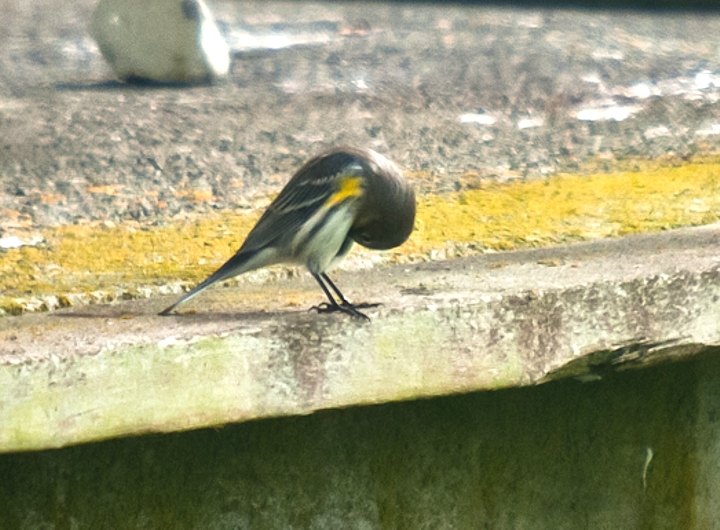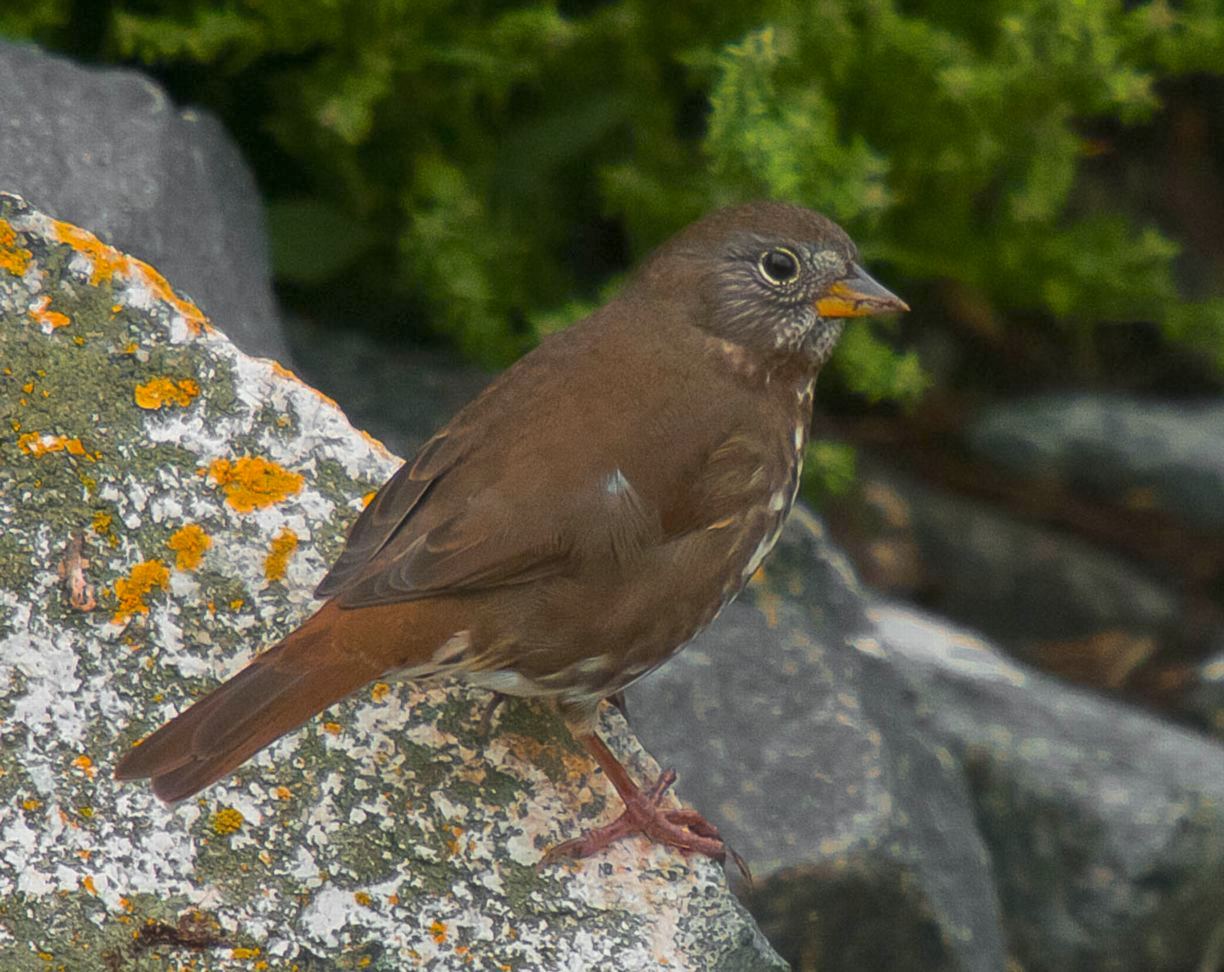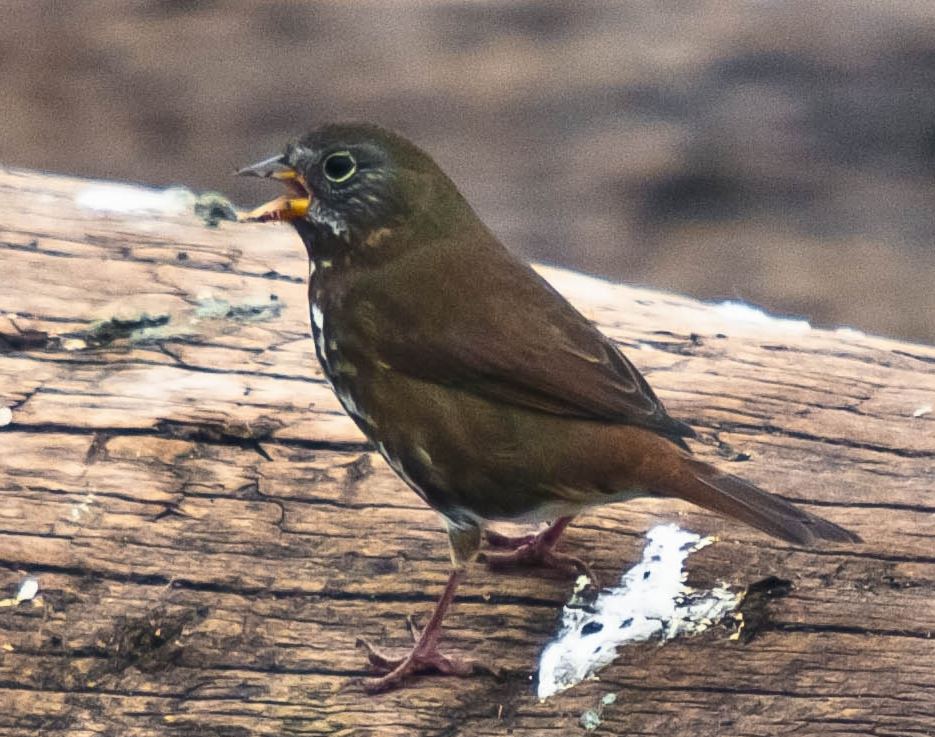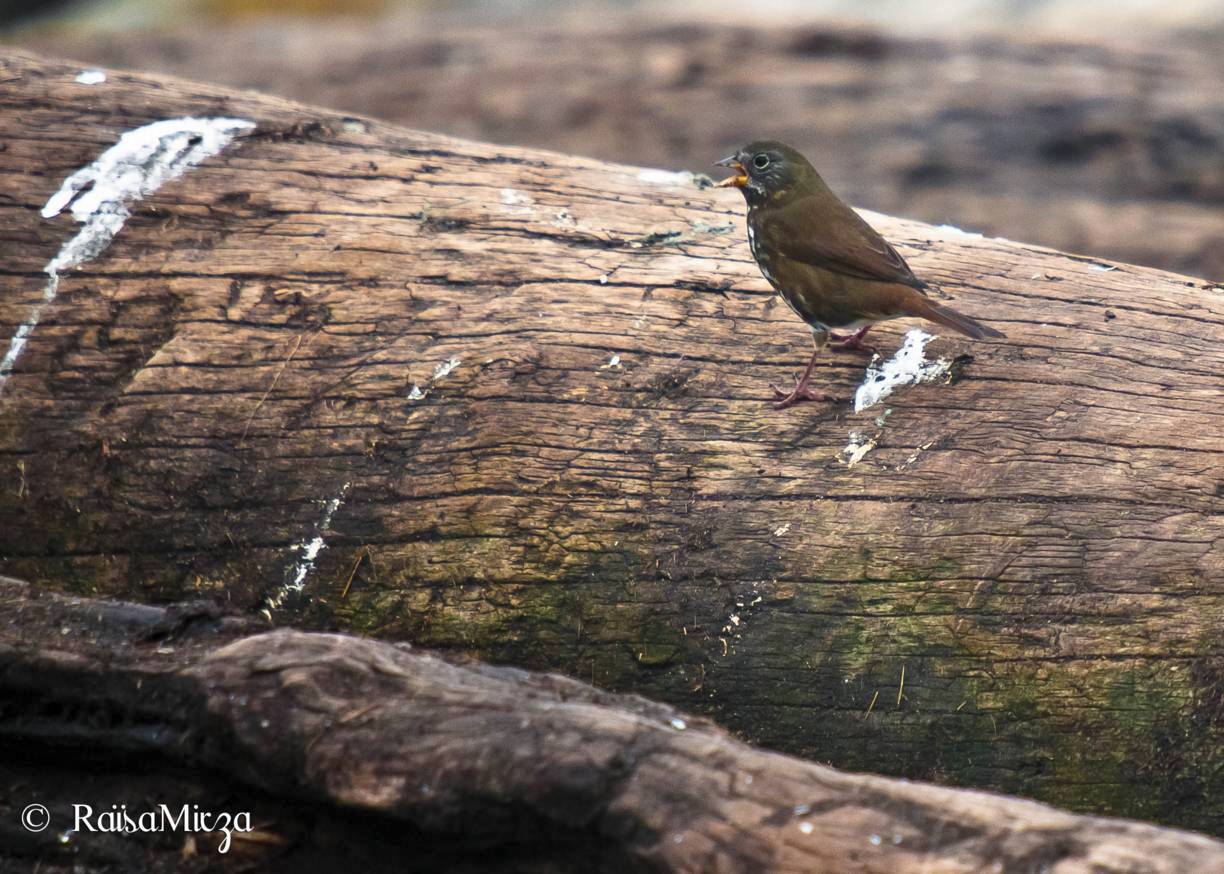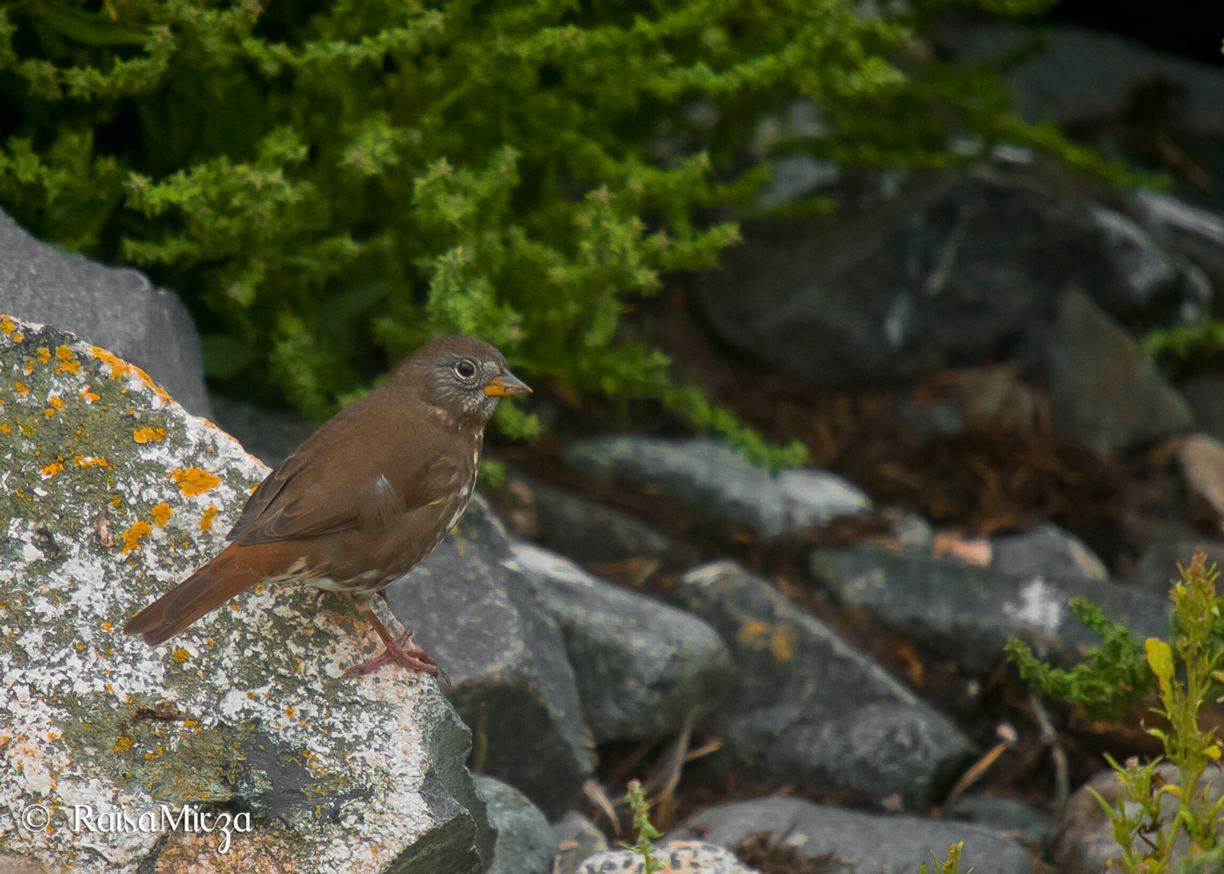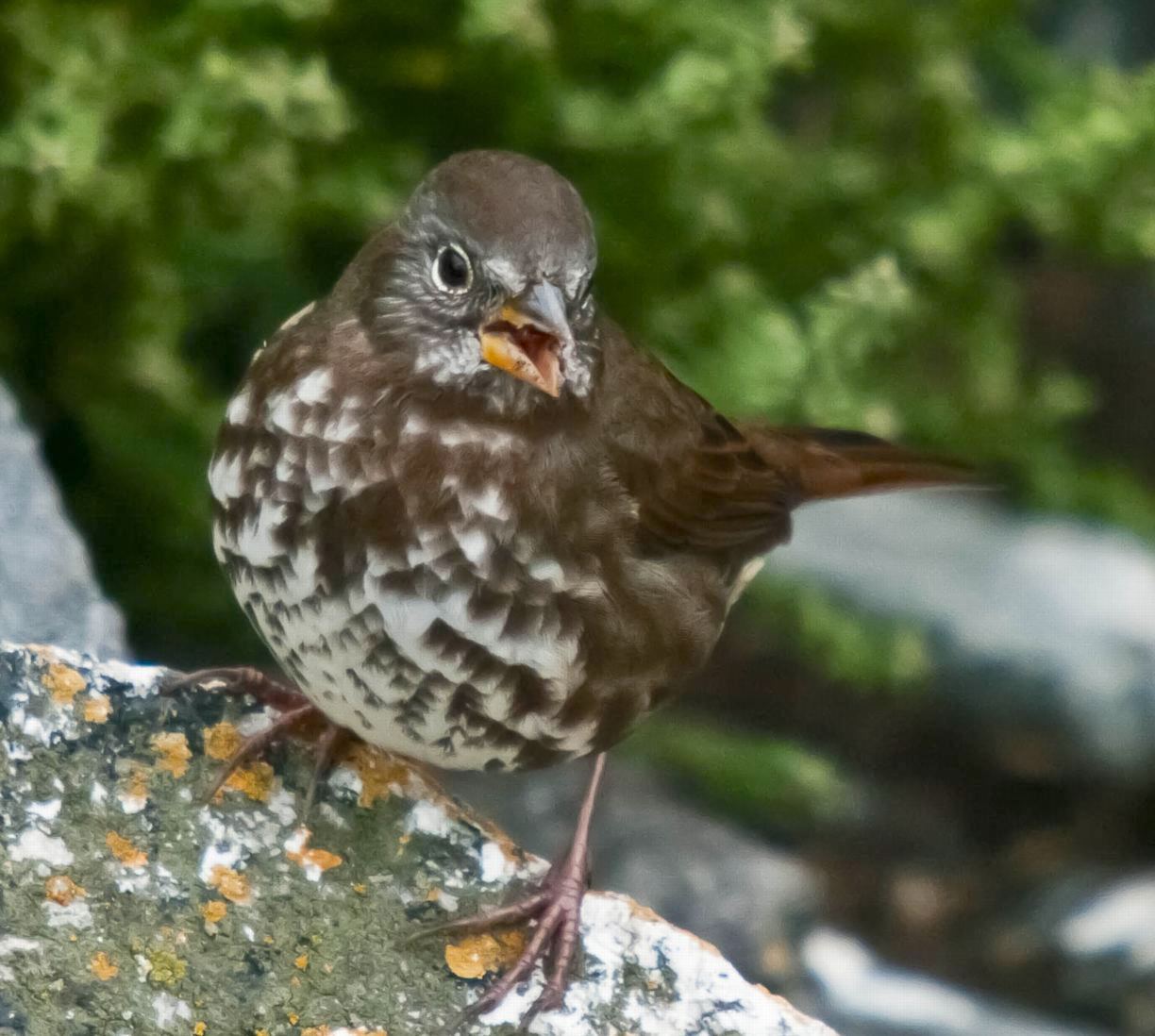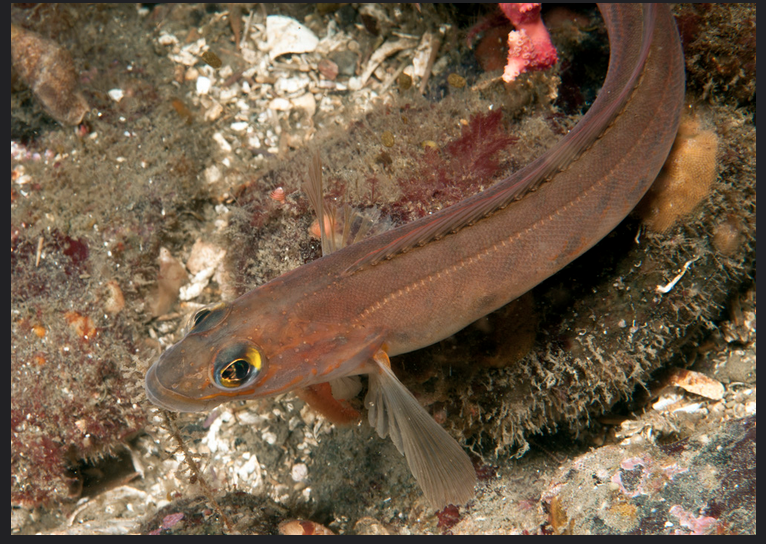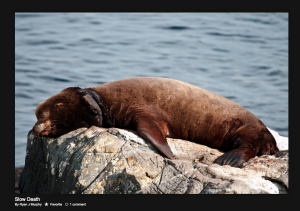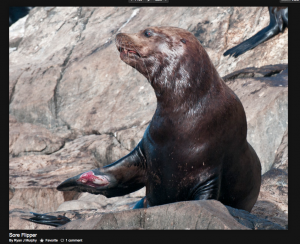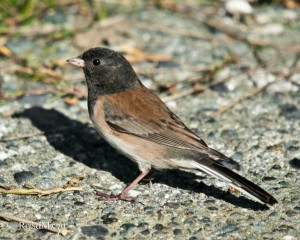
The Oregon junco is the most common form of the Black-eyed junco found on the West Coast. Photo by Raisa Mira
These Juncos are common winter residents throughout southern Vancouver Island although this is the first one photographed at Race Rocks in November 2010.
Domain :Eukarya
Kingdom :Animalia
Phylum: Chordata
Sub-Phylum: Vertebrata
Class: Aves
Order: Passeriformes
Family :Emberizidae
Genus: Junco
Species hyemalis (Linnaseus, 1758)
Common Name: (Black-eyed) Oregon Junco
On March 10 , 2015 Nick Townley took these images of the Junco at Race Rocks.
-
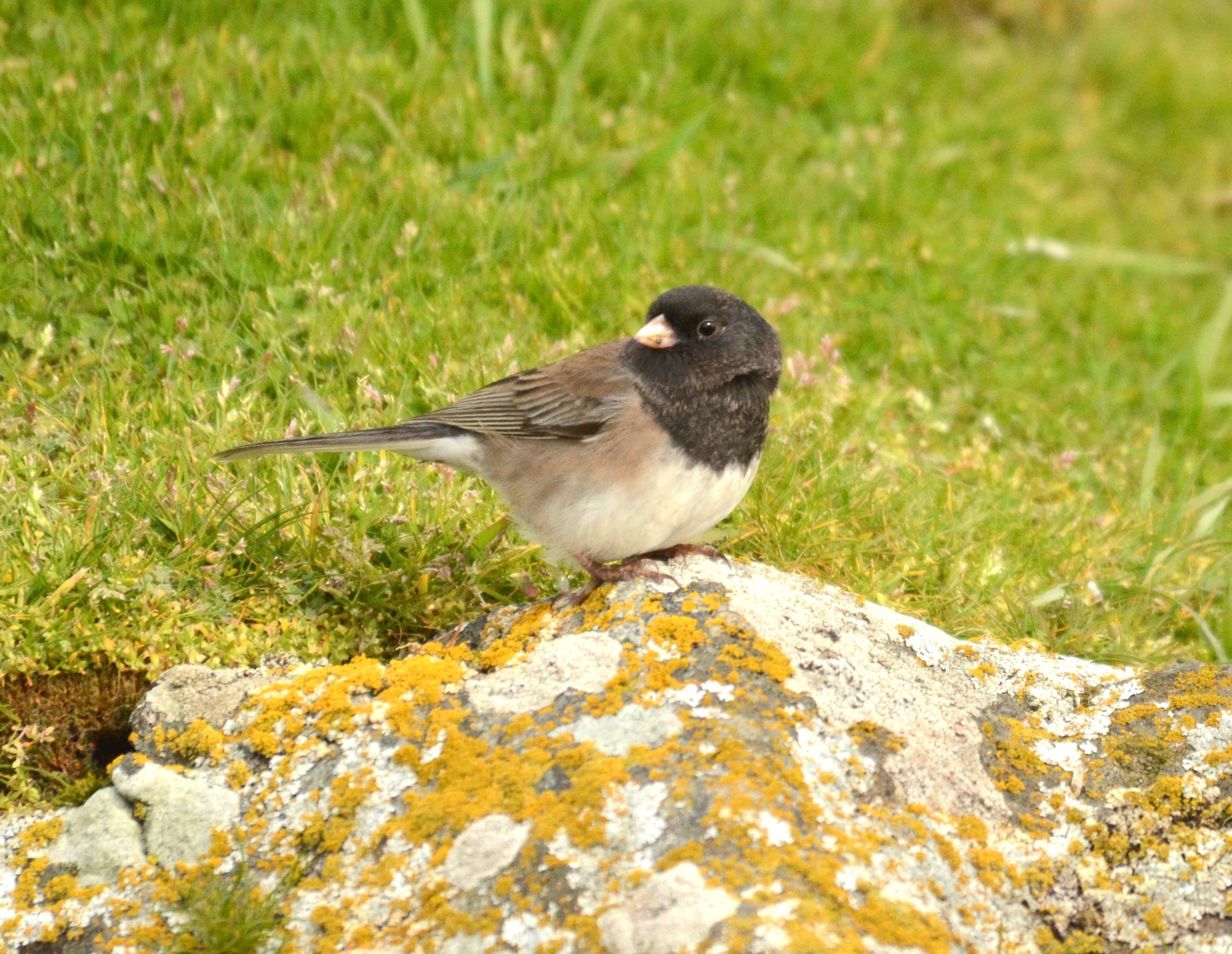
-
Dark eyed “Oregon” junco
-
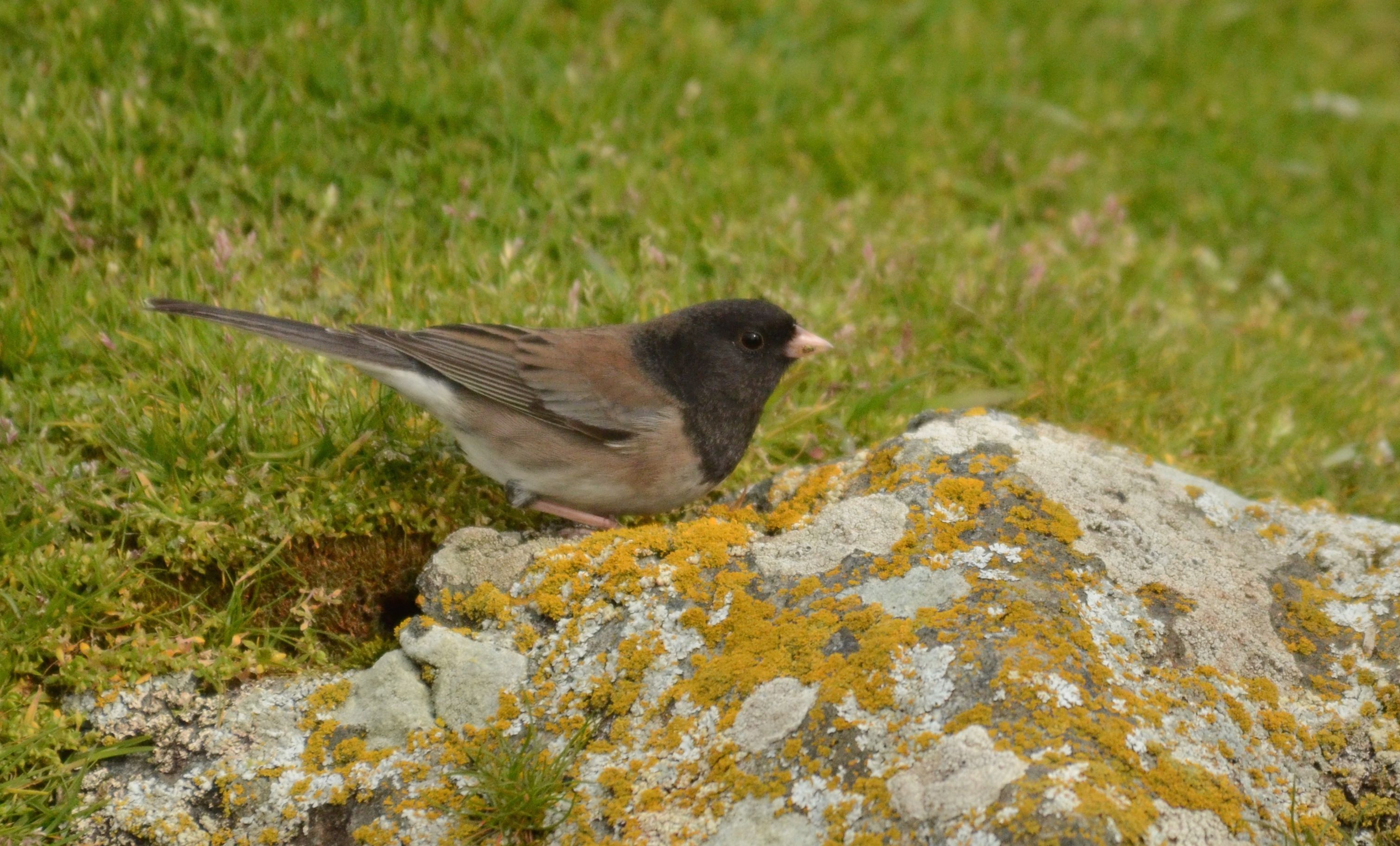
-
Photos by Ecoguardian Nick Townley, March 10, 2015
-
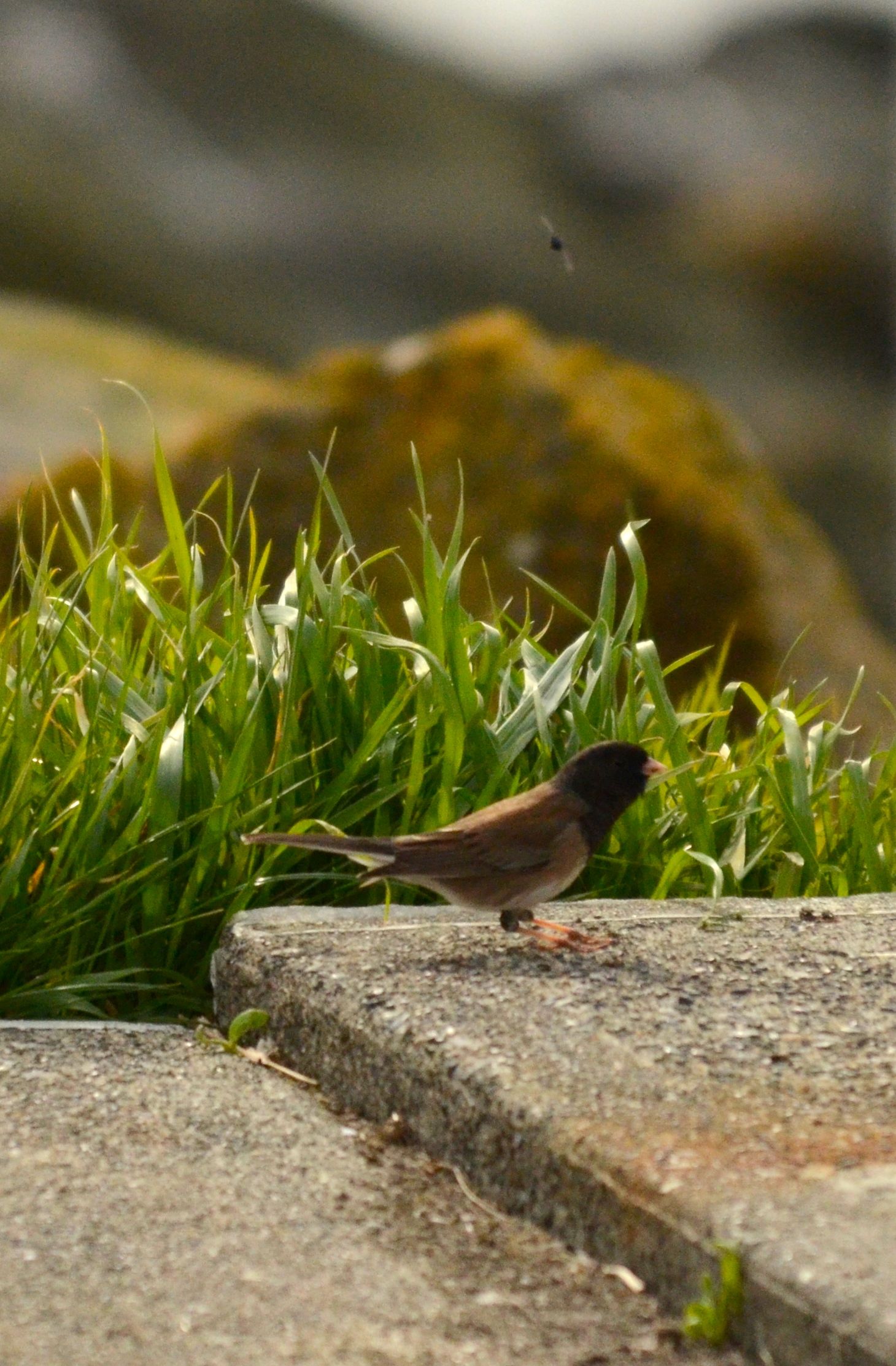
-
An oregon junco near the Energy Building with a fly buzzing overhead
From The Cornell Lab a note on colour variation of the dark-eyed junco:
Regional Differences
“There is a huge range of geographic variation in the Dark-eyed Junco. Among the 15 described races, six forms are easily recognizable in the field and five used to be considered separate species until the 1980s. A field guide is the best place to look for complete illustration of ranges and plumages, but in general there are two widespread forms of the Dark-eyed Junco: “slate-colored” junco of the eastern United States and most of Canada, which is smooth gray above; and “Oregon” junco, found across much of the western U.S., with a dark hood, warm brown back and rufous flanks. Other more restricted variations include the slate-colored-like “white-winged” and Oregon-like “pink-sided” juncos of the Rockies and western Great Plains; and the Yellow-eyed Junco-like “red-backed” and “gray-headed” juncos of the Southwest.”
Other Members of the Class Aves at Race Rocks.

